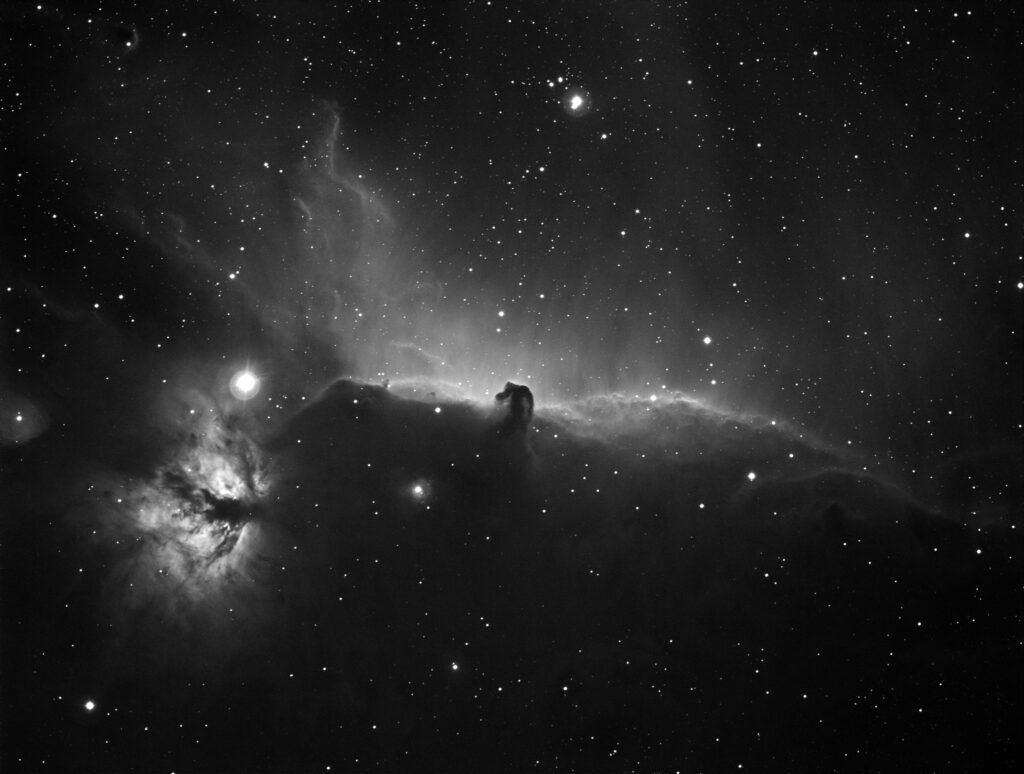August 2017 Solar Eclipse
My 5 favorite shots of the 2017 solar eclipse from Oregon. Nikon D750, AstroTech AT65Q refractor, Manfrotto tripod, SkyWatcher Star Adventurer.
My 5 favorite shots of the 2017 solar eclipse from Oregon. Nikon D750, AstroTech AT65Q refractor, Manfrotto tripod, SkyWatcher Star Adventurer.

I revisited an old favorite for my first quick test with my new Takahashi FSQ-106EDX4.
23 x 600 second integrations, Baader Hydrogen-Alpha filter, FSQ-106EDX4 @ f/5, SBIG ST-8300 with FW5 filter wheel, processed with PixInsight.

My first shot of the Rosette Nebula with my new set of Baader narrowband filters.
The image was combined using SII (ionized sulphur) for the red channel, Ha (hydrogen alpha) for the green channel and OIII (ionized oxygen) for the blue channel. This combination is known as the “Hubble Palette” and is the same method used by NASA for the famous Pillars of Creation image.
The exposure breakdown is:
Ha 25 x 10 min
OIII 34 X 10 min
SII 33 x 10 min
For a total exposure time of about 15 hours.
AstroTech AT65EDQ telescope, Losmandy G11 mount, SBIG ST-8300M camera + FW5 filter wheel, Baader Narrowband filter set.

I got a second amazing night for imaging and despite it being a Tuesday I couldn’t resist having a go at some RGB data and eating the lack of sleep. I combined the RGB images with the hydrogen alpha data I collected on Saturday to get this image.
SBIG ST-8300m camera, AstroTech AT65EDQ 65mm f/6.5 refractor, Astronomik 1.25″ RGB and Ha filters, Orion Nautilus 7×1.25″ motorized filter wheel, Losmandy G11 Gemini-2 mount.
30 x 5 minute Hydrogen Alpha sub-frames for luminance
20 x 5 minute sub-frames for each red, green, and blue filter
30 averaged darks
30 averaged bias frames
Total of 7.5 hours of exposure time.
When the light is right, the edge of the moon can be very rewarding for imaging, or observing at higer magnifications. Taken with a Philips Toucam Pro webcam (lens removed), a Toucam to 1.25″ adapter, and a 2.5x Meade barlow. The telescope was a Celestron C9.25 with a JMI NGF-s focuser, carried on a Losmandy GM-8. The C9.25/NGF/GM8 combo was amazing for planetary/lunar imaging, especially under the still Florida skies I was living in at the time.